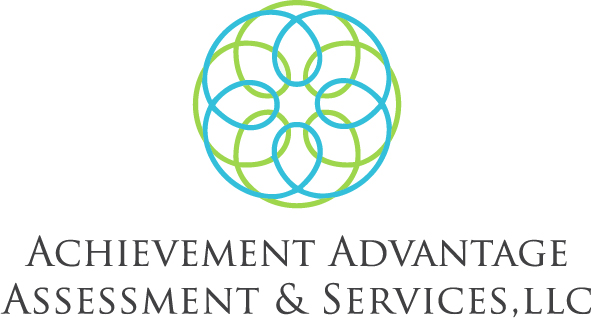Once your child qualifies for special education through the Evaluation Team Report (ETR), the team’s hard work isn’t over yet. They still need to create an Individualized Education Program (IEP) for your child. The IEP is a legal document that is the plan of how the team will address your child’s needs and help them make gains. In Ohio, the IEP must be completed within 30 days of the ETR meeting date.
At the IEP meeting, you and your child, if appropriate, will meet with your child’s IEP team, which includes a general education teacher, special education teacher, district representative, and any other appropriate related service provider (speech/language pathologist, occupational therapist, etc.).
For most disability categories, the IEP is made up of 14 sections. There is an additional section for children with visual impairments.
Section 1: Future Planning
The first part of the IEP includes information about future planning. This is where the parents’ input about what they hope to see in the future for their child is included. It should also include information about the student’s interests and what they would like to be when they are adults.
Section 2: Special Instructional Factors
In the second part of the IEP, the team answers “yes” or “no” questions about the child regarding behavior, English proficiency, whether they have visual impairments, communication needs, requires assistive technology, or specially designed physical education.
Section 3: Profile
The third section addresses your child’s profile. This should include relevant assessment data, including data from the Evaluation Team Report (ETR) and other standardized and classroom assessments.
Section 4: Postsecondary Transition
The fourth section is only required for those who will be 14 years old during the length of the IEP, but may also be completed for younger students if appropriate. It includes a statement about the transition services your child will need based on their course of study. For those older than 16, data from transition assessments will also be included.
Section 5: Postsecondary Transition Services
For those students who are 15 or older, the fifth part of the IEP must be completed. This included goals regarding postsecondary education and training, employment, and independent living.
Section 6: Measurable Annual Goals
The sixth section of the IEP is the goals that address your child’s needs. It is important that these are directly linked with the information provided in the ETR so that the team is sure that they are specifically working on the student’s areas of difficulty. Section 6 will provide information about the area of need, the present level of performance (based on assessment results), a measurable annual goal, and measurable objectives that will help your child reach that goal. It will also include information about how your child’s performance on this goal will be measured, and how and when they will provide you information about your child’s progress. Each area of need will have its own goals and objectives.
Section 7: Description(s) of Specially Designed Services
The seventh section of the IEP provides information about the types of services your child will receive, which goals those services are meant to address, who will provide those services, where the services will be provided, and the amount of time and how often they will be provided. This section not only provides information about how your child’s needs will be addressed by teachers, but also includes information about related services, assistive technology, accommodations, modifications, and medical services your child may require, as well as support that the school personnel may need.
Section 8: Transportation as a Related Service
This part of the IEP determines if your child has any transportation needs do to their disability, and what types of accommodations or modifications may address those needs.
Section 9: Nonacademic and Extracurricular Activities
This section lists ways in which your child has the opportunity to participate in nonacademic and extracurricular activities with peers that do not qualify for special education.
Section 10: General Factors
The tenth section of the IEP ensures that the team has considered your child’s strengths, your concerns, results of evaluations, performance on state or district testing, your child’s needs, and whether your child needs extended school year (ESY) services.
Section 11: Least Restrictive Environment
This section addresses whether your child will attend the school they would be normally attended if they did not qualify for special education services, and whether your child will receive all special education services with nondisabled peers. If not, the team must provide a justification about why the child needs to be provided services in a different setting.
Section 12: Statewide and District Wide Testing
This part of the IEP addresses state- and district-wide testing that will take place during the length of the IEP. It included what types of accommodations will be provided for each area of assessment and whether the student should take a modified assessment. It also addresses whether your child will be excused form passing state assessments required for graduation.
Section 13: Meeting Participants
All team members who attend the IEP meeting should sign this section of the IEP to indicate their participation in the IEP process.
Section 14: Signatures
Parents will check specific boxes and sign to indicate what services listed in the IEP they consent to. If your child is 17, you and your child will both sign to transfer safeguard rights to the student once they turn 18 years old. The team will also indicate if they provided a copy of the Procedural Safeguards Notice and a copy of the IEP to you or when it was sent to you.
Section 15: Children with Visual Impairments
If your child has qualified for special education services due to a visual impairment, the IEP team must complete this section. It addresses the reading and writing media in which reading and writing instruction will be provided to meet your child’s educational needs.

